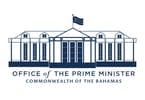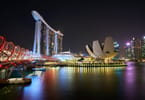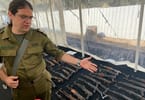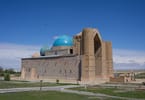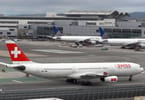DUBAI, UAE — Dubai continues to attract a large number of tourists as hoteliers in the emirate recorded the biggest year-on-year jump in occupancy level within the Middle East during July, global consultancy firm Ernst & Young said in its latest report.
Occupancy level reached 80.8 per cent in the emirate during July compared to 70.3 per cent in the same month last year, showing a 10.5 percentage point increase, according to the E&Y Middle East Hotel Benchmark Survey for the month of July.
“Dubai remains one of the most steadily growing markets in the region,” Yousef Wahbah, MENA Head of Transaction Real Estate, Ernst & Young, said.
As usual beach properties in Dubai attracted higher occupancy of 83 per cent in July and also higher average room rate of Dh662 in the same month.
The emirate’s average room rate jumped by 6.2 per cent to Dh582 in July, compared to Dh548 in July, 2010. Average rooms’ yield also increased by 22 per cent.
Abu Dhabi hotels also improved occupancy levels in July to 71 per cent, but room rate declined by eight per cent room yield fell by 5.3 percentage point.
Egypt tourism sector badly hit by political unrest and the country suffered the biggest decline in occupancy and yield in July. Cairo hotel occupancy dropped by 33.2 percentage points while room yield fell by 48 percentage points.
Famous for luxury resorts Sharm El Shaikh’s occupancy reached 76 per cent, compared to 84 per cent last year in July. “Egypt, especially Cairo and Sharm El Sheikh, registered the strongest declines in terms of occupancy and rooms yield,” Wahbah said.
Lebanon also recorded a double-digit decline in occupancy level in percentage point.
Beirut hotel occupancy level dropped to 67 per cent in July, compared to 80 per cent last year. Its room yield also suffered 32 percentage point decline.
“The surprisingly large decline in occupancy and rooms yield in Lebanon in July 2011 can be attributed to the fact that a large number of GCC [Gulf Cooperation Council countries] tourists visiting the country returned home for Ramadan, marking the end of the summer break,” Wahbah said.
Europe and Turkey are also competing with Lebanon aggressively as a tourist destination, he said, adding: “The fall in prices in the EU has made it increasingly attractive for tourists, especially from the GCC, and Lebanon could bear the brunt of this shift in consumer tastes this summer.”
Within the region Saudi Arabia performed well as Makkah and Madina, because of religious visitors, topped in hotel occupancy during July with 86 per cent and 78 per cent respectively.
WHAT TO TAKE AWAY FROM THIS ARTICLE:
- “The surprisingly large decline in occupancy and rooms yield in Lebanon in July 2011 can be attributed to the fact that a large number of GCC [Gulf Cooperation Council countries] tourists visiting the country returned home for Ramadan, marking the end of the summer break,” Wahbah said.
- As usual beach properties in Dubai attracted higher occupancy of 83 per cent in July and also higher average room rate of Dh662 in the same month.
- Within the region Saudi Arabia performed well as Makkah and Madina, because of religious visitors, topped in hotel occupancy during July with 86 per cent and 78 per cent respectively.







